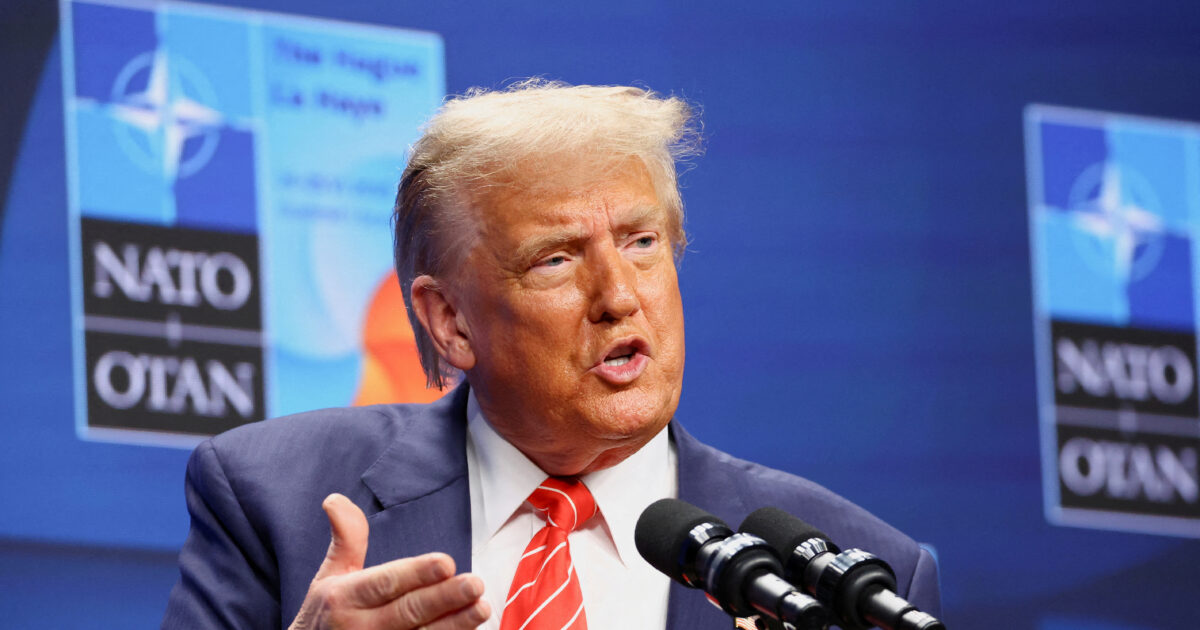To the straight correlation between defense spending and duty proceeded yesterday (25.6.2025) on the last day of the two -day summit NATO In The Hague, US President Donald Trump.
Specifically, reacting strongly to the refusal of Spain’s Prime Minister Pedro Sanchez to agree to increase his country’s defense spending to 5% of GDP (although he did not veto), Donald Trump said yesterday, the day before the EU (26th).Spain is the only one of all countries that refuses … So they want their free NATO participation but will pay it in trade».
In other words, Trump threatened Spain that he would suffer higher duties than other EU member states, if he did not accept the 5% target (against 2% until yesterday) for defense spending by 2035.
Thus, that the Spaniards for NATO’s “collective” defense (in order to avoid suffocating fiscal pressures on their over -indebted economy) will not pay a two -foldable rate for defensive costs) will pay him in the US (not in NATO) in the form of higher duties!
It is recalled that on April 2, 2025, Trump announced 20% duties against all EU member states (most of whom are also NATO members and are looking for how to increase their defense spending …). A few days later, it froze the 20%rate until July 9, 2026 and instead imposed 10%duties, and shortly thereafter threatened with duties … 50%!
For the time being, leaks have been circulating that there will be a US -EU agreement to maintain US duties at 10% and eliminating European duties in the US, while extending the negotiations of both sides after July 9, 2025.
In any case, there remains the threat of Trump for higher duties (compared to other EU countries) to imports from Spain, which has declared “disobedience” in achieving the 5% GDP goal over defense spending.
And according to analysts at newsit.gr, this threat is not only about “disobedient” Spain, but also those other NATO member countries agreed to 5%, but may not- in practice- show a similar willingness to take the actions required in this direction.
The dedication to the 5%target, as provided by the NATO Summit Agreement, will be checked each year, and in 2029 there will be a large, intermediate evaluation in the course of 2035.
Indeed, NATO Secretary -General Mark Rutte himself has stated that “there will be huge additional defense spending in the next three to five years.”
This translates from the same sources as an intention (in terms of NATO) of the 5% goal by 2028 – 2030 or otherwise how NATO member states should drop the highest weight of their defense spending in the next 3 years – 5 years and not 20th.
This would mean that Trump’s commercial threats to higher duties on the “disobedient” partners in NATO could remain on the table regardless of reaching a final agreement between the US – EU in relation to the new tariff regime next time.
